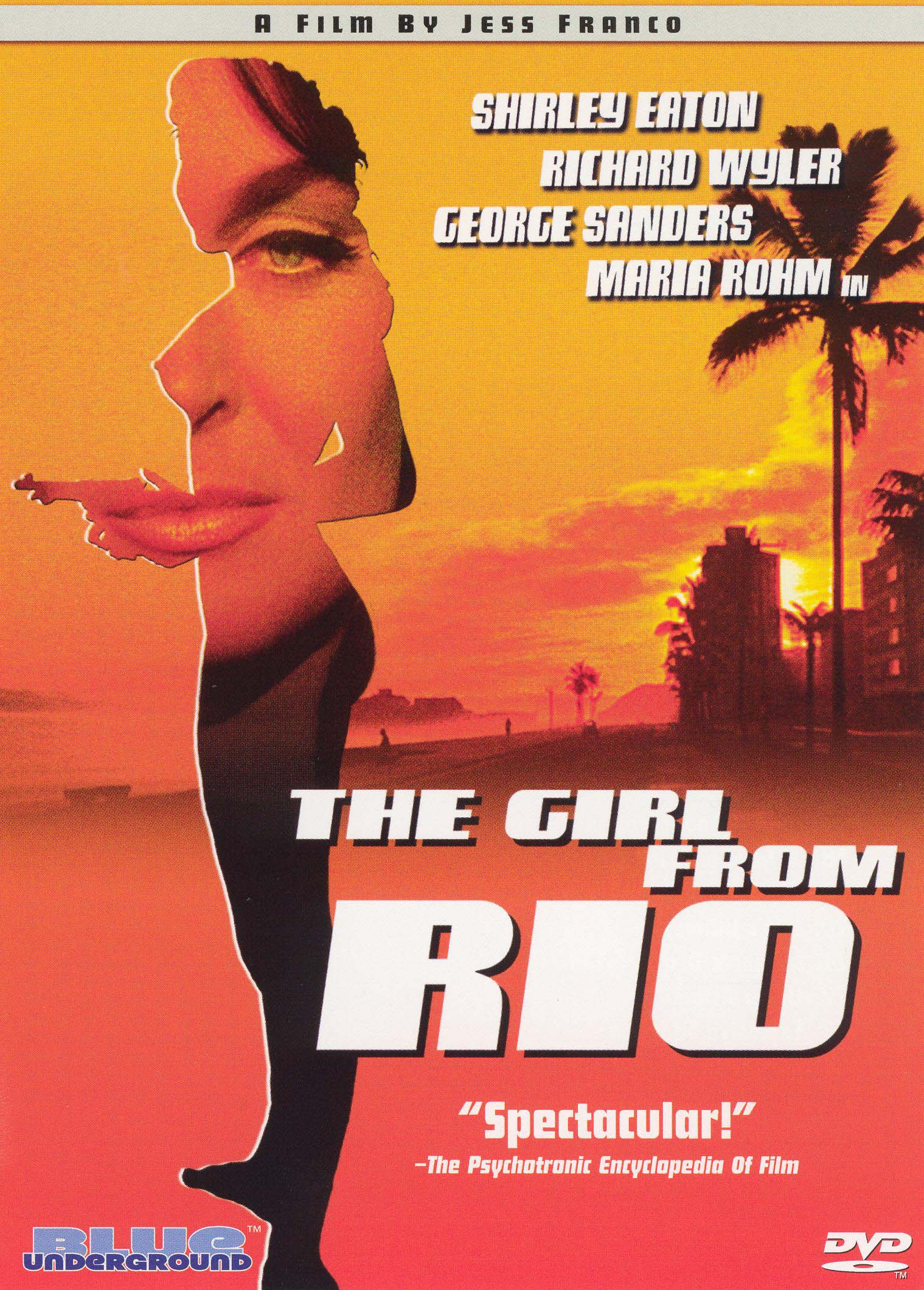
It was hardly more than a hole in the wall.” In the middle of the wall was an opening into another vault, if I can call it that - a little room about three feet wide, six or seven feet high, and perhaps four feet deep. From the fourth wall someone had pulled down all the bones, and they were spread all around us on the ground. Against three of the walls there were piles of bones higher than our heads. Finally we arrived at a vault in which the air was so old and heavy that our lights almost died. “We went on, deeper and deeper into the earth. Read this excerpt and pay attention to the image it creates. So, why is The Cask of Amontillado one of the greatest mood examples in literature? Well, let’s start with the imagery. This next video from TED-Ed explores why everyone should read Poe.

Perhaps no American author was better at building mood than Edgar Allan Poe. Imagery is everything that goes into building an image in the mind of a reader. Conflict is when two or more opposing forces work against each other. In literature, conflict and imagery are two essential aspects of building mood. Types of Mood in Literature Mood examples in literature Now, let’s break down some more mood examples in literature. So, let’s diagnose the mood and tone in 1984. In a letter written in 1944 addressing the second World War and the responsibility of artists to show the horrors of totalitarian states, Orwell said “I think, and have thought ever since the war began, in 1936 or thereabouts, that our cause is the better, but we have to keep on making it the better, which involves constant criticism.” But is that how Orwell wanted you to feel? Well, yeah pretty much. What’s the mood of 1984? How does it make you feel? I suppose it’s fair to say that 1984 is supposed to make you feel paranoid, fearful and depressed. Let’s look at an iconic example from George Orwell’s 1984. There are cases where we can appropriately diagnose mood and tone though. Tone is what the artist feels about the subject matter of their art.Ĭan you see how the mood definition and tone definition could lead down a slippery slope? There’s a whole lot of subjectivity in personal feeling and a whole lot of presumption in suggesting how an artist feels about their work. Mood is what you feel from consuming a piece of art. There’s definitely some conjecture as to the applicable definitions of mood and tone but perhaps it’s helpful to think about this way:

Tone vs mood - tone and mood are two terms that are often used interchangeably - but they don’t have the same meaning. Mood Definition Literature Tone vs mood explained McKee argues that in a story, mood is what makes the emotional experience (terror, euphoria, etc.) specific. Think about the etymology of mood again and how everything references back to “feeling.” Mood is an atmospheric feeling emotion is a personal feeling. “The mood of any story, whatever it is, is there to make the emotional experience of the story specific.” - Robert McKee.


 0 kommentar(er)
0 kommentar(er)
